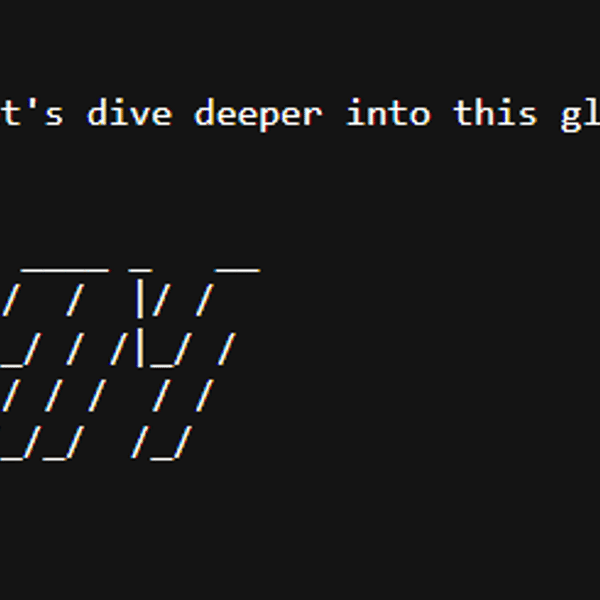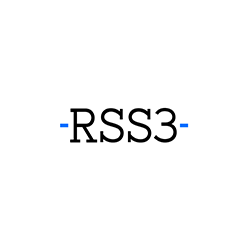
Coin-related
Price calculator
Price history
Price prediction
Technical analysis
Coin buying guide
Crypto category
Profit calculator
What is Cartesi (CTSI)?
Cartesi basic info
What Is Cartesi?
Cartesi is a decentralized Layer 2 infrastructure that serves as a bridge between traditional software environments, like Linux, and the blockchain, enabling the development of decentralized applications (DApps) using mainstream programming languages. It acts as a scalable solution, allowing developers to code scalable smart contracts with the software tools and services they are accustomed to, thus accelerating the development of Web 3.0. Cartesi is often regarded as the first operating system on the blockchain, as it integrates both on-chain and off-chain components, solving issues related to scalability and allowing developers to perform intensive computations that are traditionally not available on blockchains.
Founded in 2018 by Erick de Moura, Augusto Teixeira, Diego Nehab, and Colin Steil, Cartesi was initially conceived as a trustless artificial intelligence marketplace before evolving into a blockchain operating system. The project has received significant investment from entities like Bigbang Angels, Taiwan Startup Stadium, ICONIUM, SOSV, and Artesian VC, and it aims to increase ecosystem and network adoption, with plans for further decentralization of governance in the future.
Resources
Official Documents: https://docs.cartesi.io/
Official Website: https://cartesi.io/
How Does Cartesi Work?
Cartesi operates by providing a Linux-based virtual machine, the Cartesi Machine, which can run a full-fledged Linux operating system and implement DApp calculations off-chain, allowing for virtually unlimited data processing. This off-chain computation capability is crucial as it addresses the scalability limitations of many existing blockchains by reducing the burden of on-chain computations, enabling more complex and computation-intensive DApps to run efficiently and securely. The platform utilizes a combination of on-chain and off-chain components, including Cartesi Rollups and Noether sidechain, to achieve higher scalability and maintain the security of the underlying blockchain.
Cartesi introduces several innovative components like Descartes SDK, which allows developers to run computations that are too expensive to execute on a traditional blockchain, and Cartesi Rollups, a Layer 2 system that enables the blockchain to provide data availability and order input data, resolve disputes, and bridge tokens between Layer 1 and Layer 2. The Noether sidechain is used for data storage off the main blockchain, reducing gas fees and improving storage management. These components, combined with the platform's high scalability, mainstream programmability, portability across major blockchains, and privacy features, make Cartesi a unique and powerful solution in the blockchain space.
What Is CTSI Token?
CTSI is the native utility token of the Cartesi platform, playing a pivotal role in powering Cartesi's operations. It is used for various purposes within the Cartesi ecosystem, including paying for computation services, transaction fees, staking, and participating in the network's governance through the Cartesi DAO. CTSI is also essential for operations on the Noether sidechain, facilitating off-chain computations and enhancing scalability. The token can be staked to participate in block validation and creation, with stakers rewarded with additional CTSI coins as an incentive for securing the network.
Cartesi's Impact on Finance
Cartesi's innovative approach to decentralized application development has significant implications for the finance sector, particularly in the realm of decentralized finance (DeFi). By allowing developers to use mainstream programming languages and software stacks, Cartesi lowers the entry barrier for the development of financial DApps, potentially leading to a proliferation of advanced financial applications on the blockchain. This could result in more sophisticated and user-friendly DeFi products, broadening the appeal and accessibility of decentralized financial services to a wider range of users and traditional finance entities.
Cartesi's impact extends to play-to-earn games, blockchain-based voting, yield farming, staking protocols, and NFTs, providing a versatile and scalable platform for developing a variety of blockchain applications. The project's emphasis on interoperability, scalability, and reduced transaction fees addresses some of the critical needs of blockchain users, making it a pivotal player in the future development of blockchain technology and its applications in finance.
What Determines Cartesi's Price?
The price of Cartesi (CTSI) is influenced by a myriad of factors, reflecting the intricate dynamics of the cryptocurrency market. One of the primary determinants of Cartesi's cryptocurrency price is market supply and demand, driven by cryptocurrency enthusiasts and the broader crypto community's perception of its value and potential as a blockchain solution. When the demand for CTSI tokens increases, perhaps due to positive cryptocurrency news or favorable cryptocurrency analysis from cryptocurrency experts and influencers, the price tends to rise. Conversely, negative news, regulatory challenges, or unfavorable market trends can lead to a decrease in demand and, subsequently, a decline in price.
Another crucial factor determining the price of Cartesi is its development progress and adoption rate in the realm of decentralized applications. The more widespread the adoption and the more robust the development, the more likely it is to experience a positive impact on its price. Cryptocurrency charts and crypto market analysis often consider technological advancements, partnerships, and the overall progress of the blockchain project when making price predictions for 2023 and beyond. Additionally, the overall state of the cryptocurrency market, including market volatility, cryptocurrency regulation, and cryptocurrency risks, plays a significant role in shaping the price trajectory of CTSI. Potential investors often turn to leading exchanges such as Bitget to buy cryptocurrency.
CTSI supply and tokenomics
Uniqueness
Cartesi allows developers to move beyond shared computation and EVM design limitations.
*A full CPU for each DApp
With Cartesi Rollups, DApps don't compete with each other for processing power like they do on Ethereum and existing L2 scaling solutions.
*A full suite of open-source libraries for your DApp
With the Cartesi Virtual Machine, DApp developers move beyond the EVM and gain access to the full suite of code libraries, programming languages, and open-source tooling they're accustomed to.
*Cartesi Rollups can be used as a layer two, a layer three, or as sovereign rollups.
Links
What is the development prospect and future value of CTSI?
The market value of CTSI currently stands at $46.92M, and its market ranking is #493. The value of CTSI is not widely recognized by the market. When the bull market comes, the market value of CTSI may have great growth potential.
As a new type of currency with innovative technology and unique use cases, CTSI has broad market potential and significant room for development. The distinctiveness and appeal of CTSI may attract the interest of specific groups, thereby driving up its market value.
Is CTSI worth investing or holding? How to buy CTSI from a crypto exchange?
How to get Cartesi through other methods?
What is Cartesi used for and how to use Cartesi?
Learn about other cryptos









































